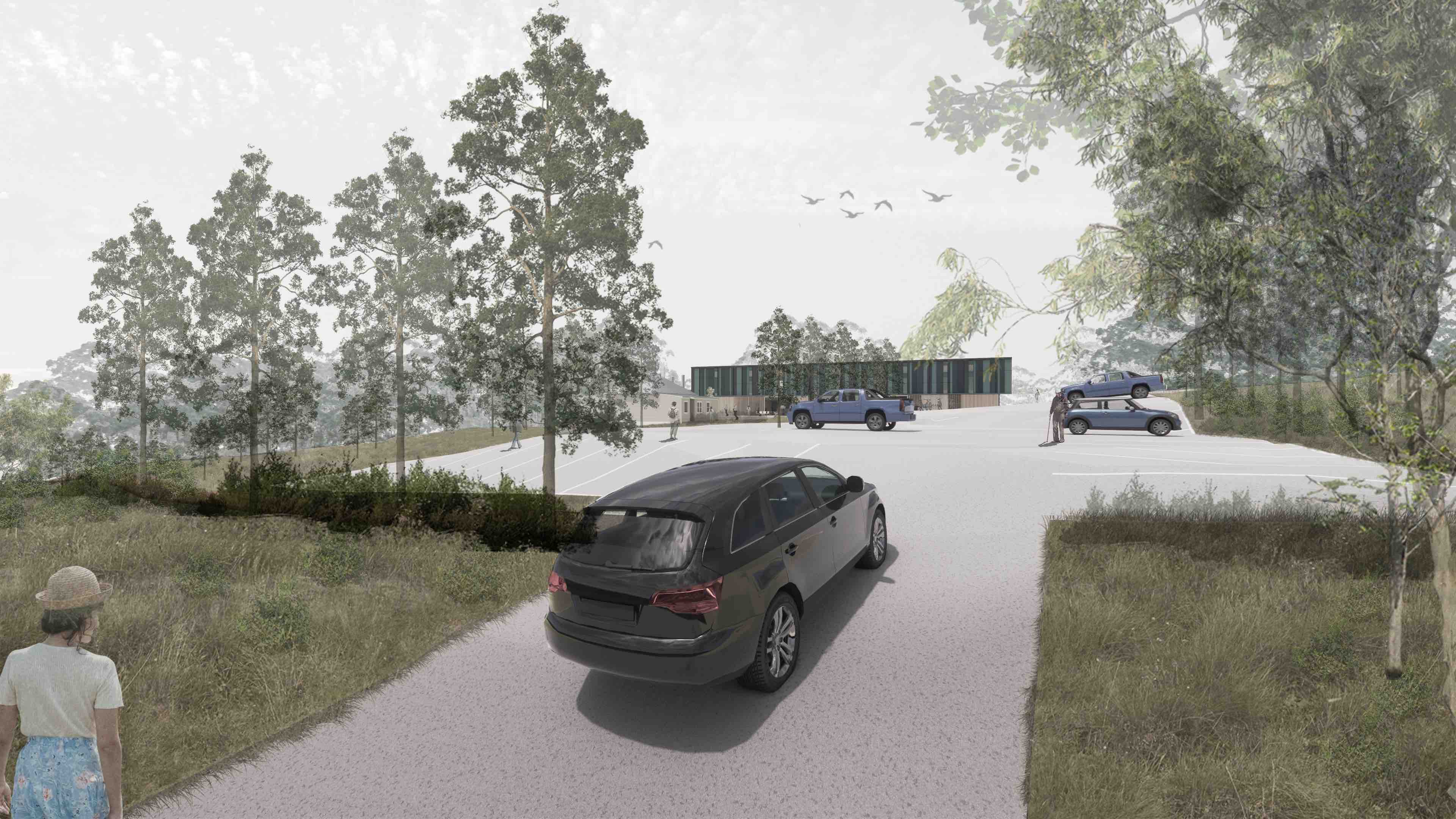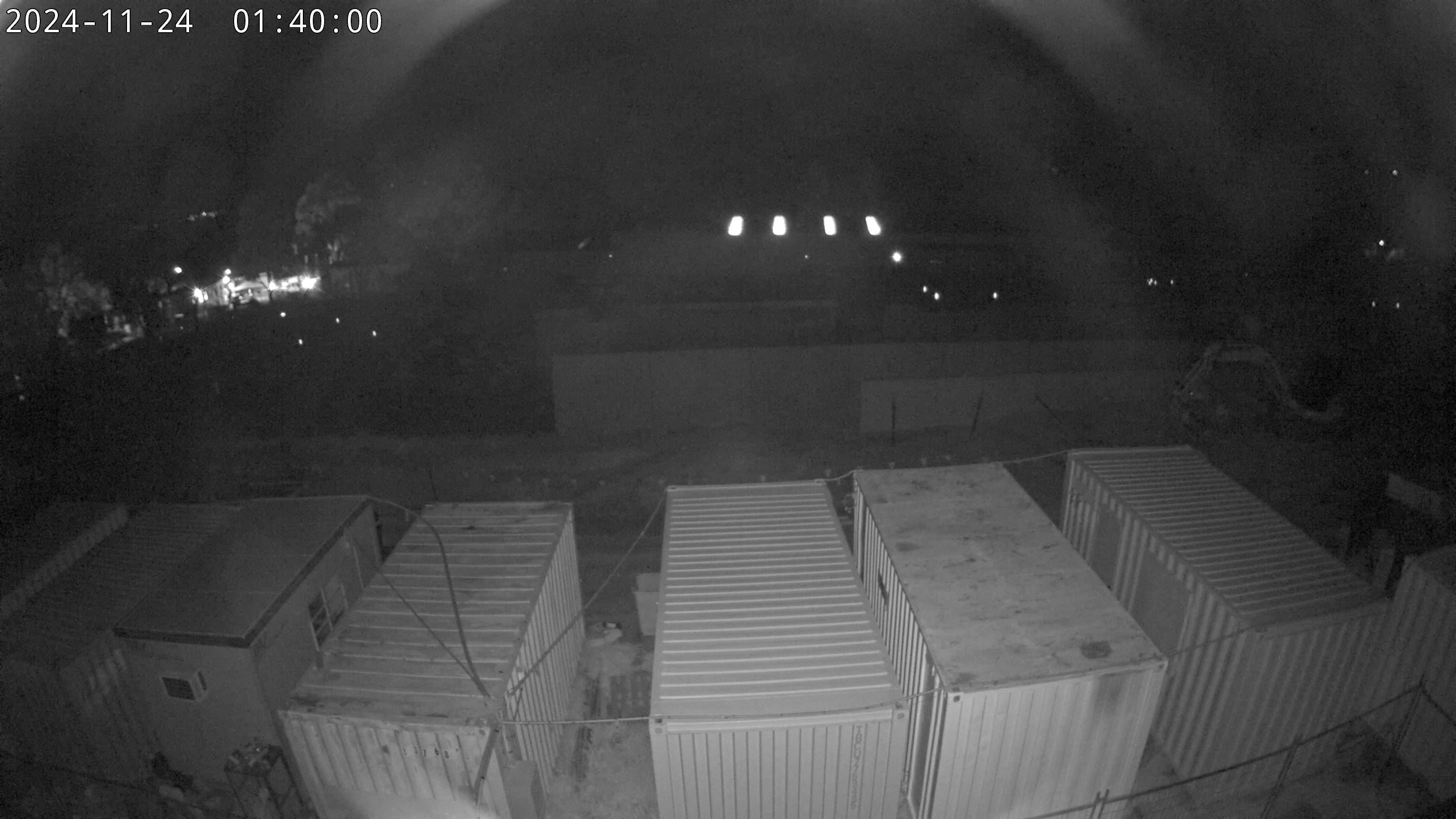IMAS Taroona is being transformed
The upgrades will strengthen the Institute’s work to conserve threatened species like the red hand fish and Maugean skate, monitor climate change, and help preserve the local marine environment while ensuring sustainable wild capture fisheries and aquaculture industries into the future.
Teaching programs in the areas of fisheries and aquaculture, and marine and resource management will be enabled on-site, providing a real-world learning experience as students work alongside international research leaders in these fields. The site will also house a state-of-the-art aquarium system for the conservation and management of Antarctic krill, which are critical to Southern Ocean ecosystems and food security.
The IMAS Taroona upgrades include:
- Construction of a new building hosting a teaching lab, wet lab and research facilities enabling IMAS’ research to be integrated with its teaching programs, making them applicable to real-world scenarios
- Construction of a new krill research aquarium in partnership with the Department of Climate Change, Energy, the Environment and Water’s Australian Antarctic Division (AAD) named the Dr Isobel Bennett Southern Ocean Research Aquarium which will be co-located on-site where world-leading research, conservation and management of Antarctic krill will be conducted
- Addition of a new site entrance and car park along with other improvements, making the site more welcoming and accessible to students, staff and the community
- Upgrades to services infrastructure including extending the existing saltwater discharge pipe outlet next to the Taroona Foreshore Track near the IMAS Taroona campus
Drop-in sessions
We really appreciate the wonderful community conversations so far. We will be hosting quarterly drop-in sessions as construction continues where you can hear about the latest progress and ask any questions you might have.





